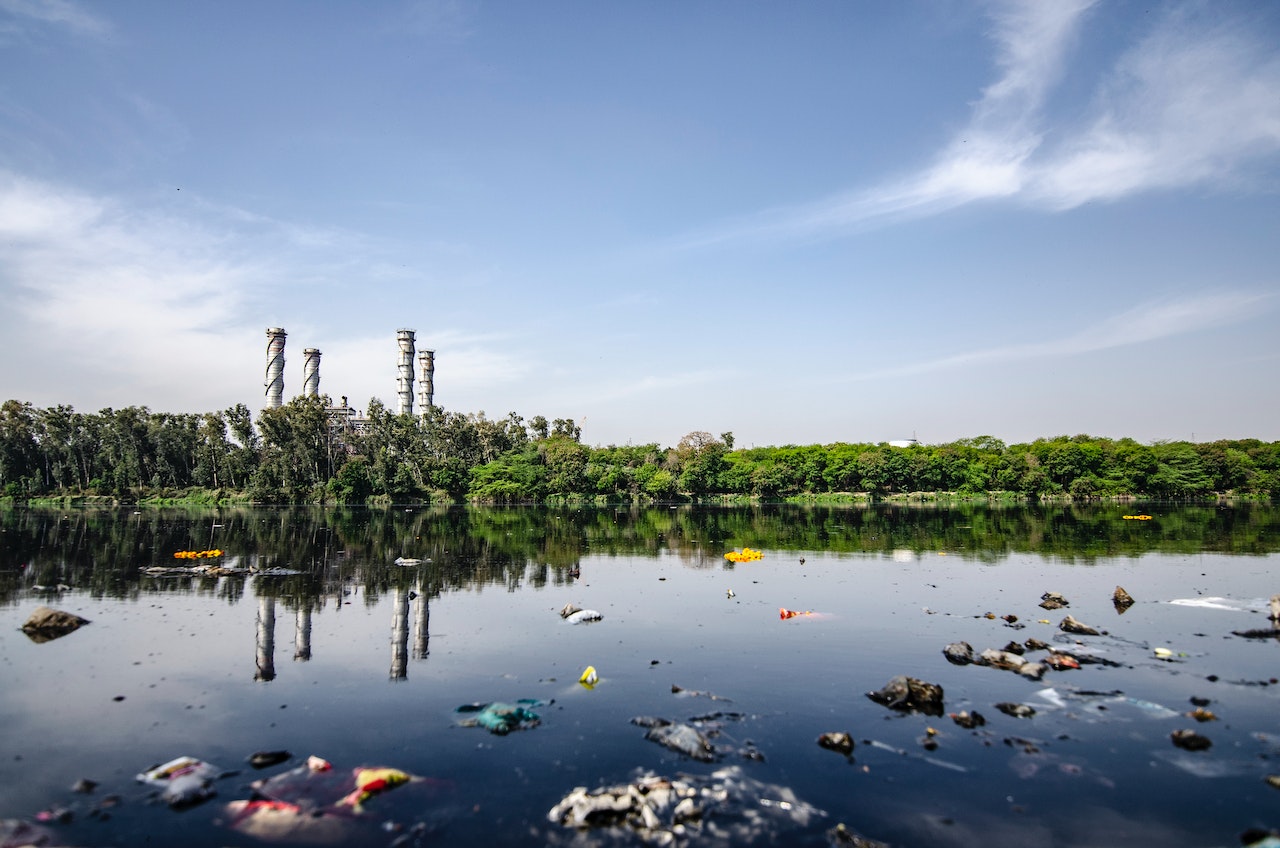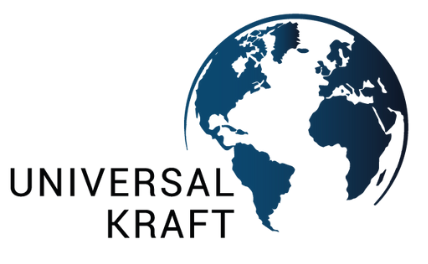
New energy can be produced from waste, and a whole new field of waste-to-energy (WTE) technologies have been developed to produce economically beneficial results in the process of waste management.
Energy generated from renewable resources or energy recovered from resources that have already been used and cannot be used again, at least not right now, are considered new energy sources. WTE, also known as energy from waste, is the process of generating energy in the form of electricity and/or heat from the primary treatment of waste or the processing of waste into a fuel source.

Waste-to-energy technologies are well known for their ability to slow down global warming. In fact, WTE facilities are the only form of energy generation that actually reduces greenhouse gases and play an important role in addressing climate change. This is because methane from landfills is avoided, emissions from the electrical generation of fossil fuels are offset, and metals are recovered for recycling.
Waste-to-energy expert Johnny Stuen believes “WTE must be a part of a total waste management system” which is in the hands of both governments and decision-makers. Stuen has been working with the City of Oslo, in the area of production and technical development – for instance, dividing the responsibility of the WTE in the city into municipal and commercial parts.
Asked how municipal waste can be reused for the benefit of people who produce it and society at large, the specialist says direct reuse is the simplest and best, but also very hard to achieve. The next step would be to be able to recycle the materials straight away, with minimal processing, however that is challenging to accomplish and to identify the appropriate locations and uses. Biological waste is best treated anaerobically, producing biogas and fertilizer. That biogas can be transformed into other useful gases/chemicals or used as a fuel.

The worry of carbon emissions
Since 2015, Johnny Stuen has been focusing on carbon capture, especially from waste-to-energy. That along with the transportation and storage/use of carbon dioxide are areas that are growing in importance in the global economy.
An estimated 35 to 40 billion tonnes of carbon dioxide are released into the atmosphere annually. To be able to keep the temperature on Earth within the 2 degrees (ºC) target, this must go down to net zero by 2050.
“We can produce lots of renewable energy in the future, we can recycle much more and better, but there will always be 2 factors that emit carbon dioxide: the treatment of waste that is not recyclable, and the processes that emit carbon dioxide in their nature – for instance, the production of cement. These emissions can be stopped by capturing the carbon dioxide and storing it under the surface of the earth”, says Stuen.
“Now, the signs are quite clear, so now the investment money and the public money are coming to this industry, both because of the world actually experiencing some of the consequences of climate change already and also thanks to the perseverance and patience of the scientists and industrial people working on this.”
The benefits of waste-to-energy solutions
- Reduces landfill waste: Converting waste to energy can substantially reduce the amount of waste entering landfills.
- Creates a significant amount of energy: The electricity generated can be enough to cover 50% or more of the plant’s needs.

Waste can represent an important 24/7 base power, especially if used in a small or medium sized plant. To identify the best options working with several technical partners, including the proprietary EPGS pyrolysis process, Universal Kraft provides compact, scalable, efficient, and adaptable solutions that enable the conversion of a wide range of wastes into energy.
Our main interest is to bring waste into a circular context in smaller communities, in combination with sustainable actions. Since residual water and industrial wastewater contain organic chemicals and solid waste, these feedstocks have unrealized energy potential.
Waste is not just a problem, waste can be a solution where non-recyclable waste is turned into a valuable resource for the whole society.
Discover our projects here.
Original source: Business Times




